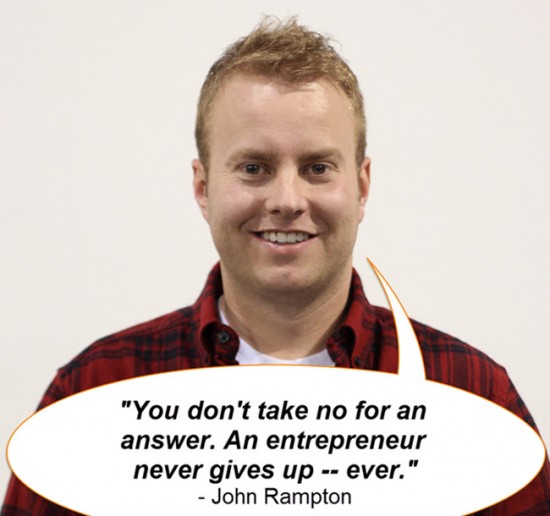Closing a deal defines a true sales professional, and often the mistake is made on presenting the proposal and pricing to the client. The actual offer itself doesn’t need to have bells and whistles, it needs to have the right information tailored for its audiences coupled with proper communication. Effectively preparing, writing, and presenting the proposal will lead to closing more deals as well as cleaning out non-buyers from a pipeline so a sales professional can better manage his or her business.
Identify the Hot Buttons
During the qualifying phases, and when you’re presenting, be sure to really pay attention to what excites your prospect. Identify 7-8 things that excite most of your clients, and determine which one or two solves your clients problems and furthers their objectives. Once you’ve established what those hot buttons are, hit them hard throughout the presentation, because they’ll be a tool of negotiation during the close.
Know the Competition
Knowing who your competitors are will help you design a price strategy as well as fight against your competitors advantages and disadvantages. Always know who you’re up against.
At the end of your presentation be very open with your prospect about who they’re talking to and ask what they like and dislike about the competition. This allows you to better acknowledge it in the proposal, and position your strengths and their weaknesses.
Set the Proposal Review Quickly After the Presentation
Usually 24-48 hours after the sales presentation is a fair amount of time. Too much time and the client could forget what made them excited about the product. Too little time and you don’t have the cushion to alter a unique proposal tailored specifically for the client. After you present, always get an agreement to the proposal review quickly afterward, and don’t give the prospect an exact price. If they were qualified correctly, you’ll be giving them the impression that the proposal is unique to them based on what they were interested in.
Design an Effective Proposal
One problem entrepreneurs and sales professionals face is creating a clean, easy to read proposal that helps their prospect understand what they’re getting in the deal. A proposal should be easy to read. From top to bottom, a potential customer should be able to see each line item (with adjectives describing benefits) and the price displayed at the bottom. If the product or service can be broken into payments, this should be clearly displayed.
Some proposals spend two pages talking about the company and how great it is. This can be effective if selling to an enterprise when your solution might need to be approved by upper management or go through a budget process. If it’s a small business owner, keep it simple, precise, and clean without any fluff. They don’t want to read a five page proposal.
Write the Proposal
Writing the proposal should always use punch the hot buttons and remind the prospect of why your solution is the best fit. Add features that already come with the product to remind the prospect of why they were excited about your solution. Also manipulate the verbiage so they have a clear understanding that you provide features that your competitor doesn’t.
Review with the Client
Reviewing with the client is critically important. Often sales professionals email the proposal out of time constraints, pushback from the client, or other reasons that hurt the process. If the client is truly interested in purchasing, he or she will make the time for the proposal review, especially if its only 15 minutes.
Spend the time to review the features, and read the client to see if the pricing is what they expected. If you price too high and out of their price range, now is the time to begin the negotiation process. If they are uncertain because of your competitor’s solution, now is the time to flush out what they love about the competitor, and determine if something in your product trumps it.
Do you have other tactics you use to successfully close? Please share them in the comments below!

